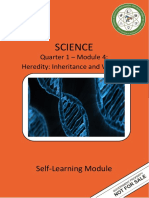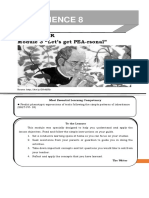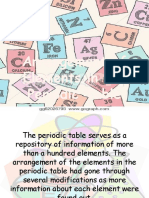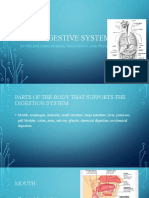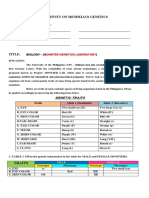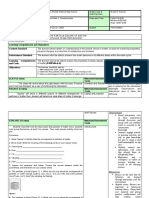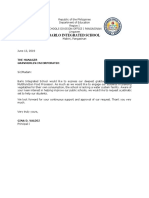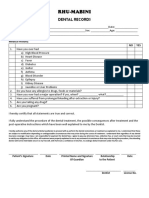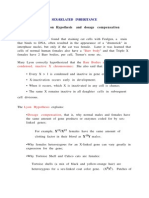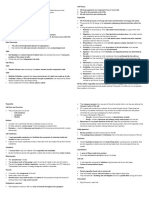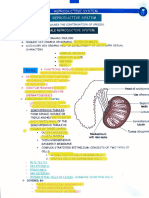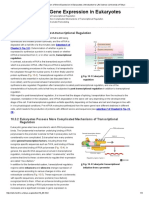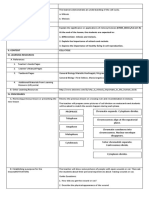100% found this document useful (1 vote)
841 views31 pagesCellular Reproduction and Genetics
Chromosomes contain DNA and genes which are passed from parents to offspring. In mitosis, somatic cells duplicate their chromosomes and separate them equally into two daughter cells, maintaining the same number of chromosomes. Meiosis produces gametes through two cell divisions, resulting in four haploid cells each with half the number of chromosomes as the original cell. This allows for genetic variation in offspring through independent assortment and crossing over of homologous chromosomes.
Uploaded by
Mary Grace LemonCopyright
© © All Rights Reserved
We take content rights seriously. If you suspect this is your content, claim it here.
Available Formats
Download as PPTX, PDF, TXT or read online on Scribd
100% found this document useful (1 vote)
841 views31 pagesCellular Reproduction and Genetics
Chromosomes contain DNA and genes which are passed from parents to offspring. In mitosis, somatic cells duplicate their chromosomes and separate them equally into two daughter cells, maintaining the same number of chromosomes. Meiosis produces gametes through two cell divisions, resulting in four haploid cells each with half the number of chromosomes as the original cell. This allows for genetic variation in offspring through independent assortment and crossing over of homologous chromosomes.
Uploaded by
Mary Grace LemonCopyright
© © All Rights Reserved
We take content rights seriously. If you suspect this is your content, claim it here.
Available Formats
Download as PPTX, PDF, TXT or read online on Scribd
/ 31




